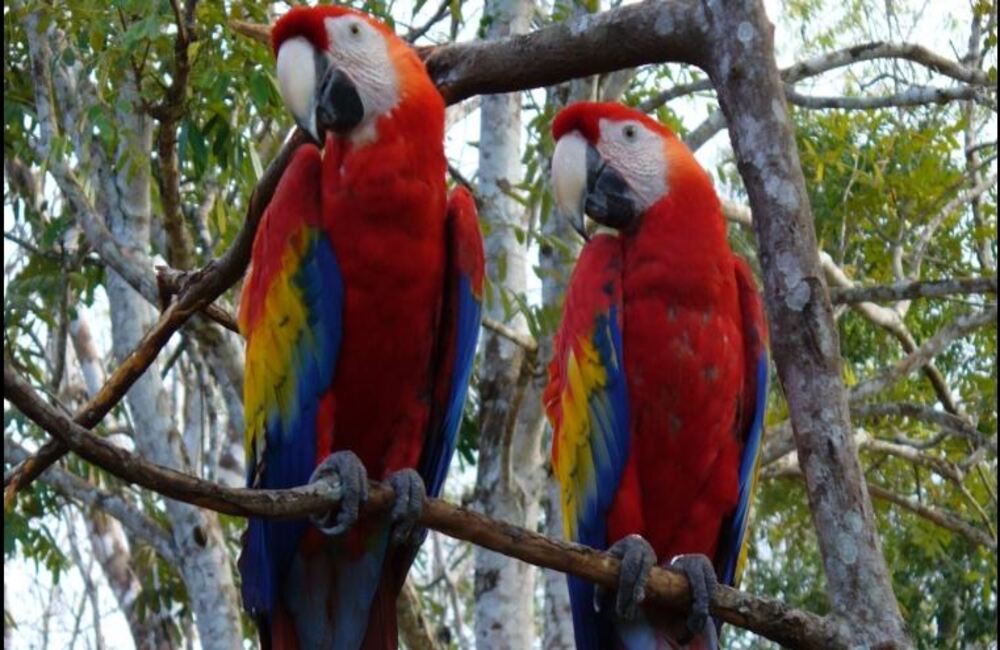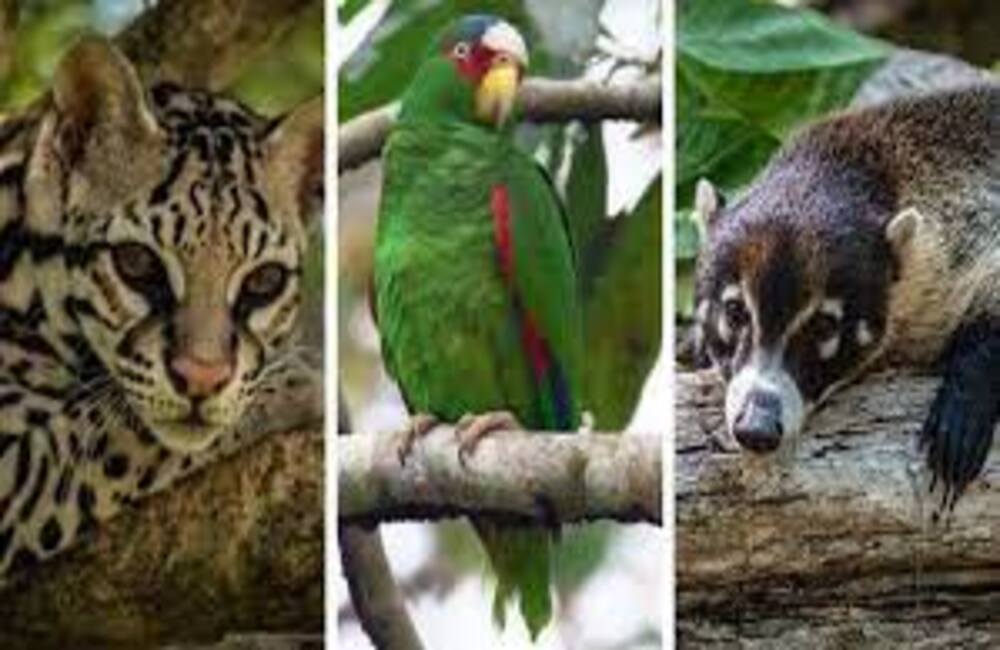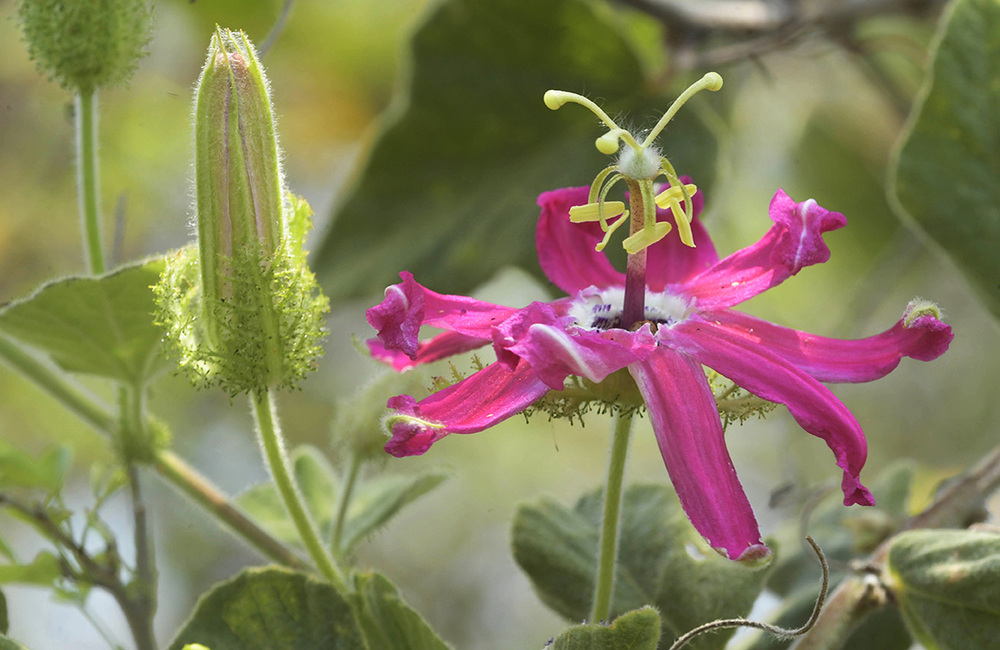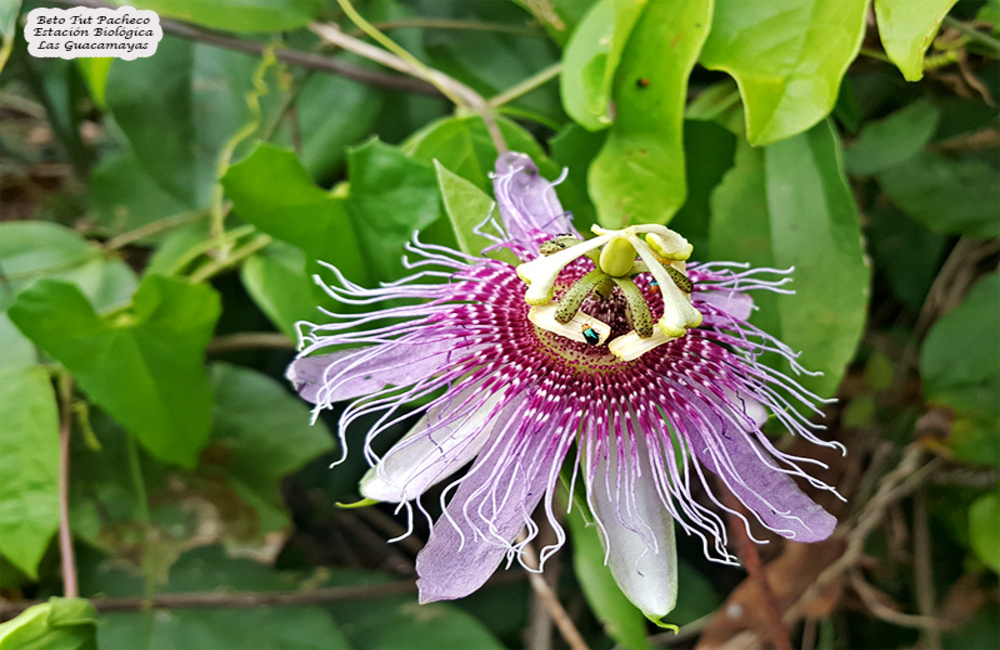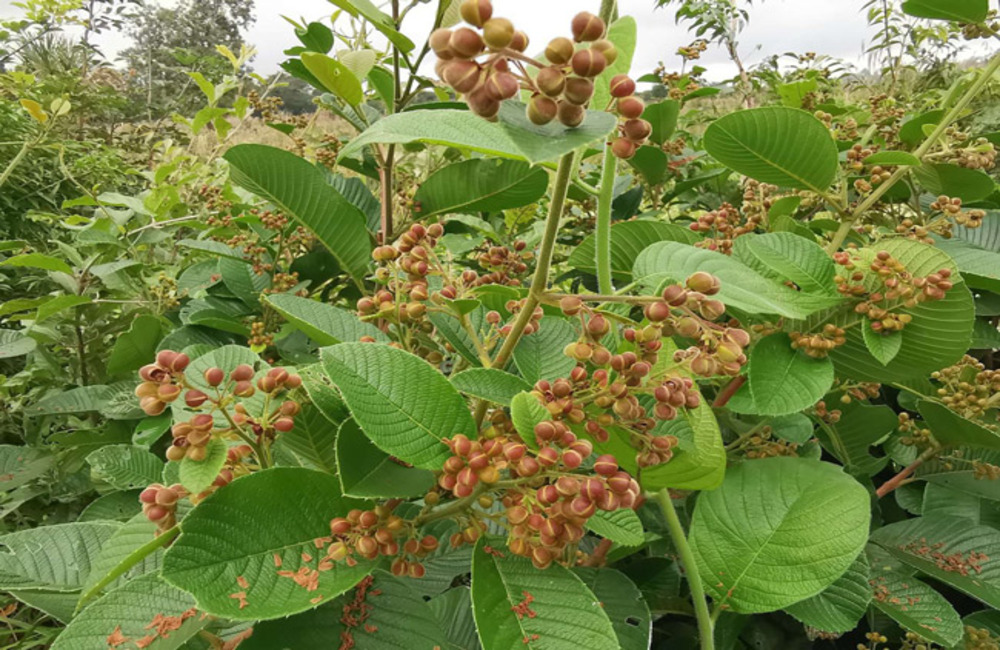Yaxhá National Park, in Petén, is one of the best conserved areas of the Maya Biosphere Reserve, so the biodiversity in it is essential to maintain the environmental balance of the area.
Mario Vásquez, administrator of the Park, commented that Flaar gave them audio and photographic files of the biodiversity of the area, with which an educational project will be implemented with students from the 14 communities that surround the protected area.
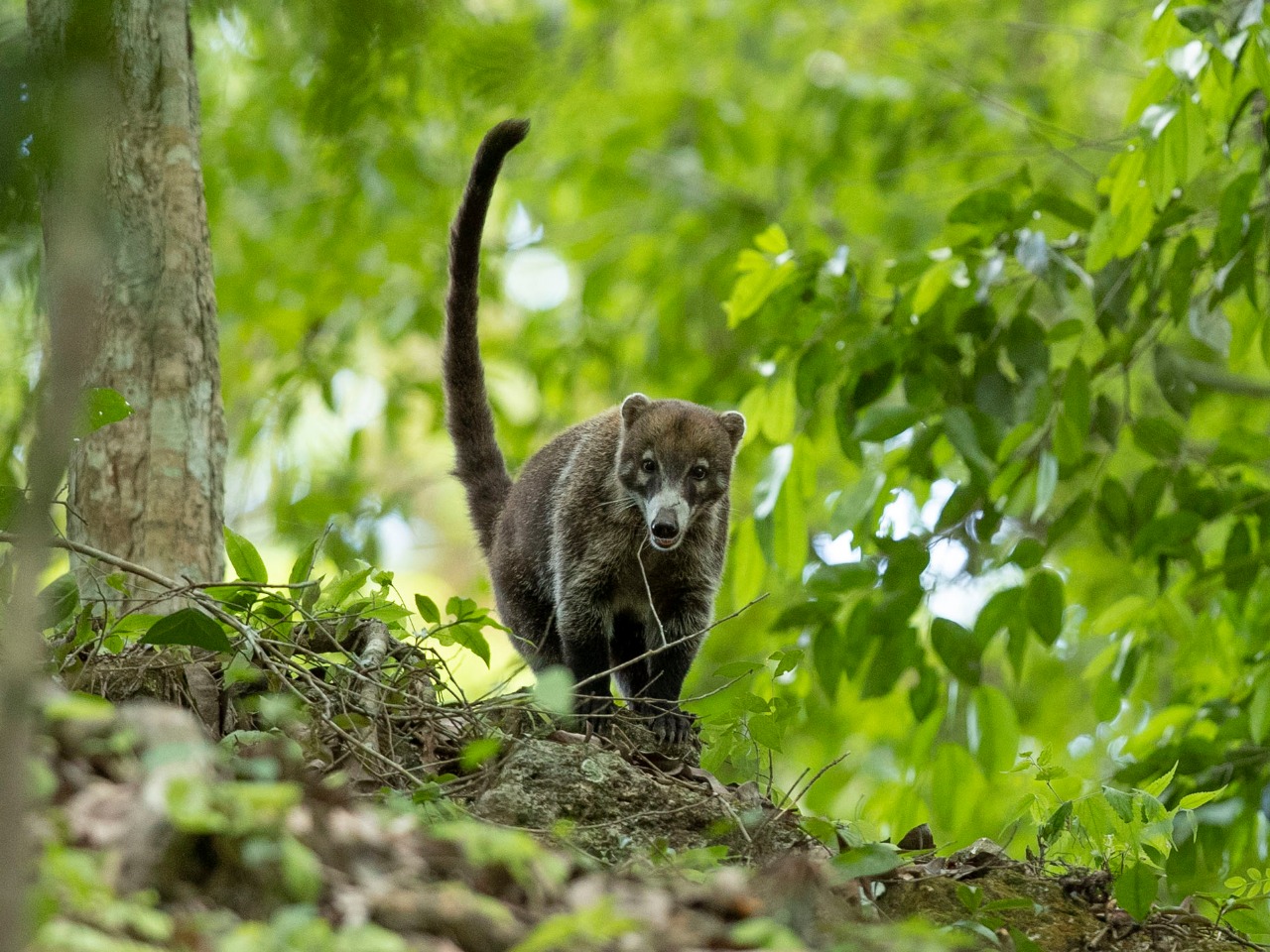
The rainforest and water bodies of the Park are home to a great diversity of species, many of them endemic and / or in danger of extinction. In the Yaxha Lagoon there is one of the largest populations of the Moreletti crocodile (Crocodylus moreletti), endemic to the region, as well as the white turtle (Dermatemys mawi), both species native to freshwater. More than 40 species of mammals have been documented, including: spider monkey (Ateles geoffroyi), howler monkey (Alouatta pigra), jaguar (Felis onca), puma (Felis concolor), armadillo (Dasypus novemcinctus), margay (Felis weidii) , ocelot (Felis pardalis), tapir (Tapirus bairdii), tepezcuintle (Agouti paca), cotuza (Dasyprocta punctata), gray fox (Pseudalopex gymnocercus), bush car (Tayassu tajacu), white-tailed deer (Odocoileus virginianus) and huitziziles (Mazama americana). The Yaxha Destination is also an ideal area for bird watching. The most outstanding birds are kingfishers (Alcenidae), herons (Ardeidae), storks (Ciconidae) and birds of prey such as snail hawk (Rostrhamus sociabilis), osprey (Pandion haliaetus) and bat hawk (Falco rufigularis). You can also see showy birds such as toucans (Ramphastidae), motmots (Momotidae), trogons (Trogonidae), parrots (Psittacidae), ocellated turkey (Mejeagris ocellata) and pheasants (Phasianidae), as well as migratory bird species such as the Jabiru ( Jabiru mycteria)
The park has 37,160 hectares of humid tropical forest with a variety of species such as Brosimum alicastrum), allspice (Pimenta dioca), sapodilla (Manilkara achras), mahogany (Swietenia macrophylla), guano (Sabal Mexicana), escobo (Cryosophila argentea), corozo (Oribygnia cohune) among others.
The Park also has a high diversity of flowers, with 338 known species, 42 of them from the orchid family. One of the most important species in this jungle is the ram¨®n tree (Brosimum alicastrum). This tree was once the staple food of the Mayans and today it is used as a substitute for meat and corn in rural communities. The seed of the tree contains more protein than corn, more fiber and iron than oats, more potassium than soybeans, and half a gram more fat than wheat. Despite all the benefits of this tree, it is in danger of extinction due to the accelerated logging of the forests in Peten.

Follow us in our Social Networks
Yaxha Nakum-Naranjo
